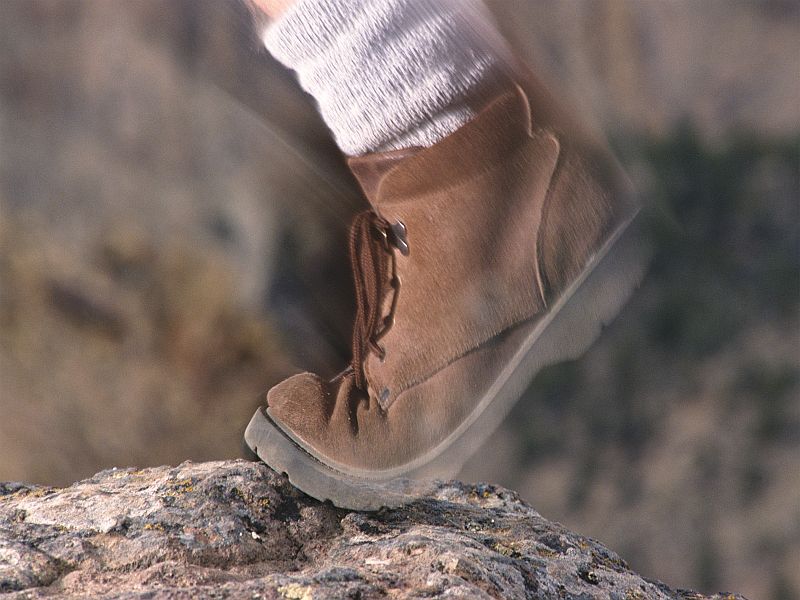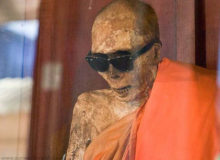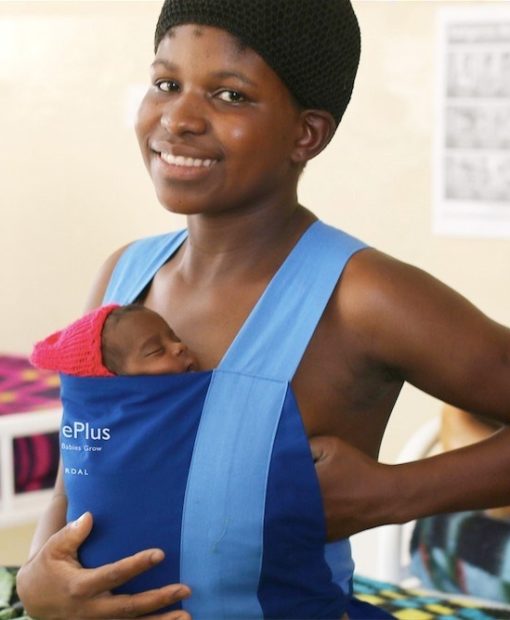
SATURDAY, July 16, 2016 (HealthDay News) — You might think of blisters as painful nuisances on your feet, but one expert warns that blisters can appear anywhere that skin rubs against clothing or another part of the body.
The good news: You can keep blisters at bay by preventing chafing.
“Prevention is really the key when it comes to blisters,” said Dr. Anthony Rossi, an assistant professor of dermatology at Memorial Sloan Kettering Cancer Center in New York City.
“To stop them before they appear, pay attention to your skin and take precautions if you know you’re going to do a lot of walking, running or other physical activity,” he said in a news release from the American Academy of Dermatology.
Rossi offers these tips:
- Wear socks. Try nylon and moisture-wicking socks, and throw on an extra pair of socks if one doesn’t do the trick. Avoid shoes that are too tight or too loose.
- When you’re active, wear moisture-wicking, loose-fitting clothes. Beware of cotton clothes, which can cause friction as they soak up sweat and moisture.
- Soft bandages, such as adhesive moleskin, can protect vulnerable areas like the feet and thighs. Apply them securely to avoid more problems.
- To prevent friction, apply powder or petroleum jelly.
- If you feel pain or your skin gets red, stop physical activity.
“If you do get a blister, be patient and try to leave it alone,” Rossi said. “Most blisters heal on their own in one to two weeks. Don’t resume the activity that caused your blister until it’s healed.”
In the meantime:
- Cover the blister loosely with a bandage, raising it a bit in the middle. Also consider padding to protect blisters in places like the bottom of your foot. Cut padding into a donut shape and place it around the blister.
- Do not pop or drain the blister unless it is large and painful. If you must drain it, use a small needle sterilized with rubbing alcohol to pierce the edge of the blister, not the top.
- Keep the blister area clean and covered. Wash it with soap and water after it’s drained and cover it with petroleum jelly.
“As your blister heals, watch for signs of an infection,” Rossi advised. “If you notice any redness, pus, or increased pain or swelling, make an appointment to see your doctor or a board-certified dermatologist.”
More information
For more about blister care, try the Mayo Clinic.

 July 18, 2016
July 18, 2016




 May 19, 2018
May 19, 2018 




